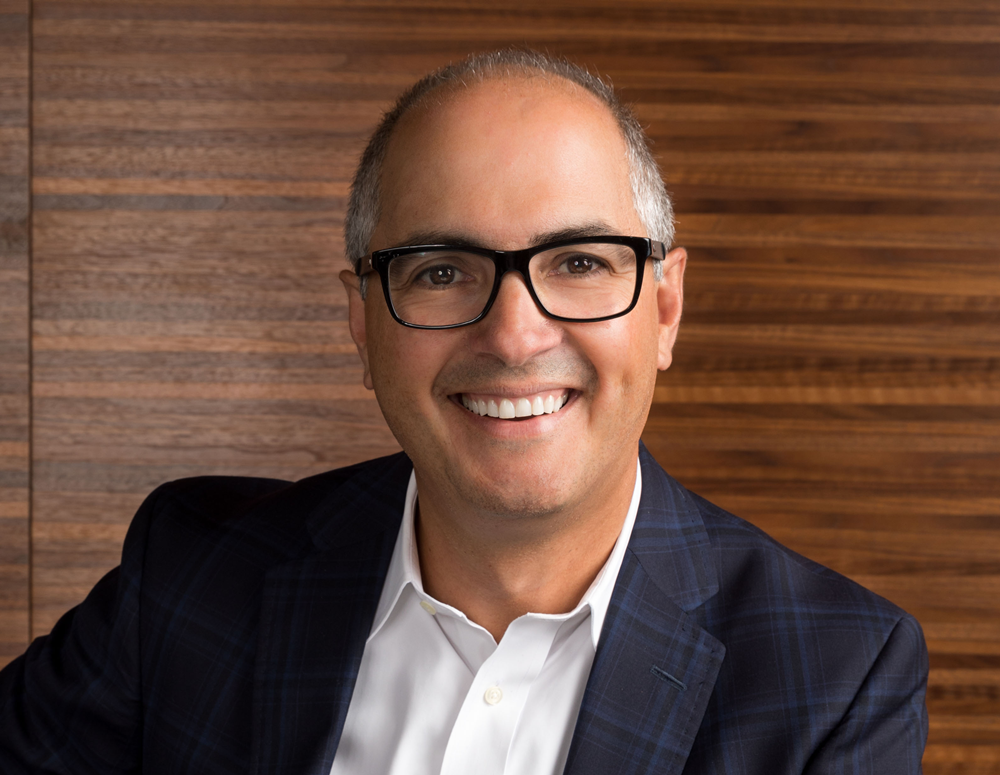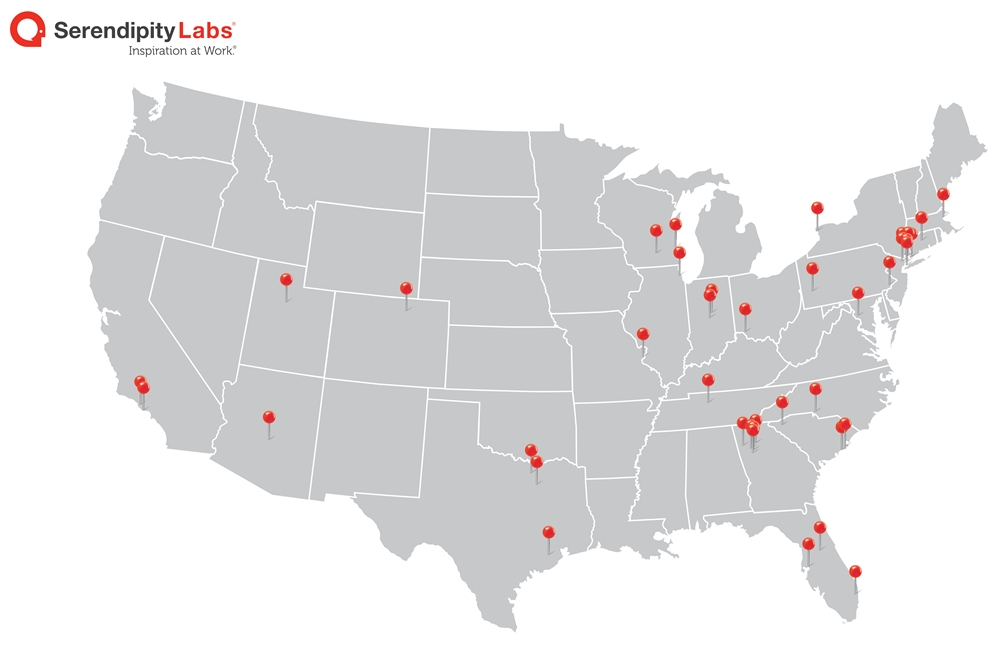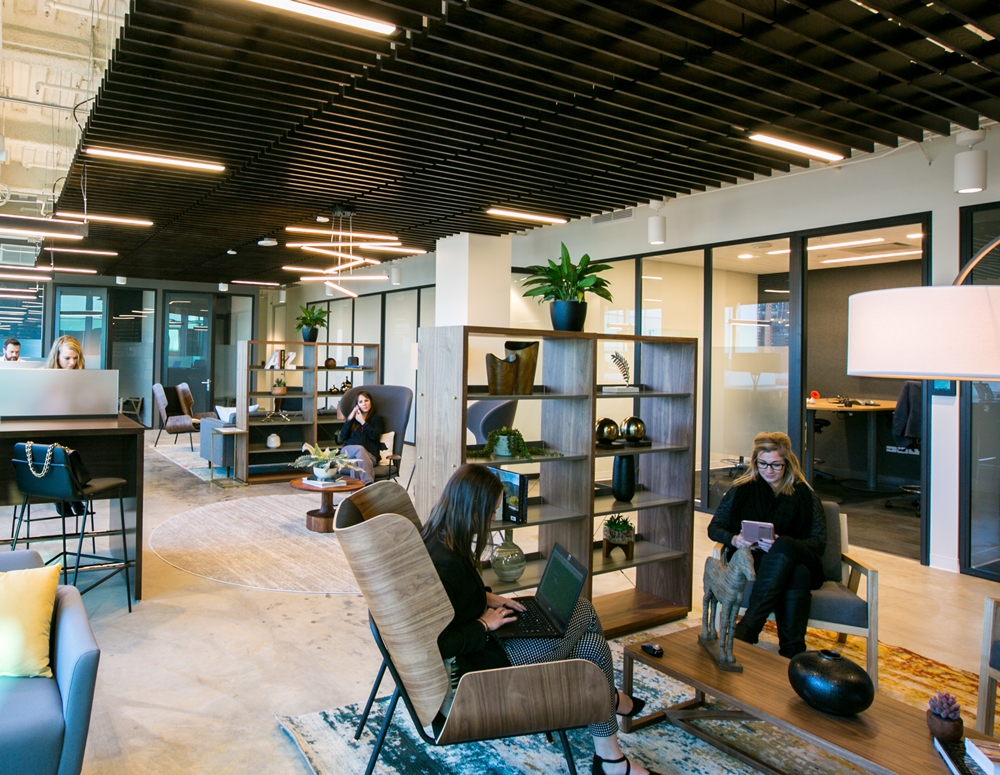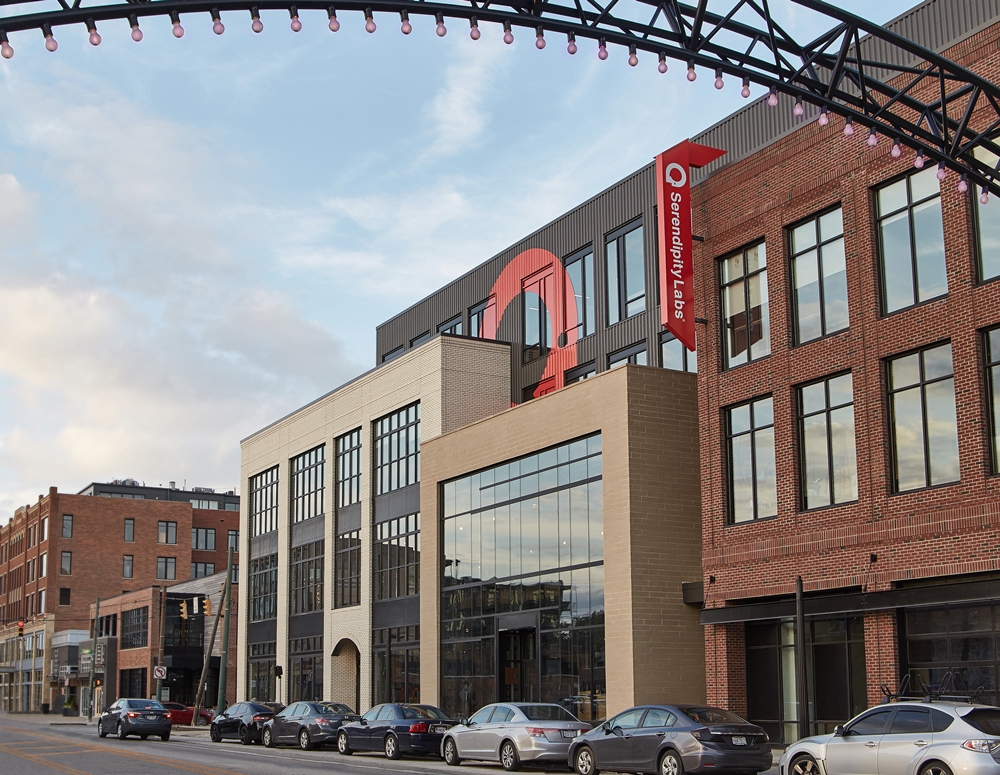Coworking Strategies Tailored to Secondary Markets
John Arenas, Chairman & CEO of Serendipity Labs, pursues an alternative approach to the sector that targets less-explored locations.
Throughout 2018, coworking continued to grow at an unexpectedly high pace. According to Yardi Matrix data, the sector grew by 62 percent across 20 U.S. office markets, amounting a total 44 million square feet of flexible space in the fourth quarter of 2018, a notable expansion from the 27 million square feet recorded a year before. Major players such as Knotel, which recently added four new locations in Manhattan, or WeWork are expanding by taking up full buildings in core markets.
Meanwhile, other players are entering lesser-explored markets, striving to provide their clients with a wide array of amenities and experiences, often found in high profile live-work-play settings. Serendipity Labs Chairman & CEO John Arenas touches on the drivers behind the expansion of the shared office market in the suburbs and secondary cities and explains how the company stands out from the coworking crowd.
What is Serendipity Labs’ business model focused on?
Arenas: Serendipity Labs is a national upscale shared workplace and coworking brand with 30 open and committed locations totaling more than one million square feet. Our company-owned locations are primarily in the major urban centers and gateway cities. Through Serendipity Labs Franchise International, we have attracted sophisticated area development partners who open and operate locations to our high brand standards in suburbs and secondary cities. Most of our franchise developers come from the hotel industry—award-winning hoteliers from Starwood, Hilton and Marriott—and have experience delivering the highest hospitality and service.
We also partner with asset owners to open and manage coworking facilities for them. Building owners have realized that shared offices and coworking create activity and vitality in their buildings and add value to every square foot, and are finding the right way to participate in the economics of coworking. These arrangements can be a lease, a joint venture, a revenue share lease or a management contract depending on the asset owner’s goals.
Our overall business model is similar to the hotel industry model, which separates the operating company investment from the real estate investment. It makes our model a true workplace-as-a-service business, not a real estate business. It also makes us what I call “asset-light.”
What makes Serendipity Labs different than other coworking companies?
Arenas: The first way we are different is that we were always designed to be an extension of the workplace for established companies from every industry that need a trusted real estate alternative for their distributed workforce. That means we meet the same standards for data security, personal safety, confidentiality and regulatory compliance that any enterprise requires of itself. All companies are concerned about privacy and intellectual property, so our IT platform and business processes are enterprise class, including Sarbanes-Oxley and HIPPA audit trail complaint. We meet PCI DSS and GLBA encryption standards.
There is privacy film on each glass panel at eye-level so that what is written on whiteboards or who is attending a meeting can’t be seen. Auditory privacy is ensured with drywall between each team room or individual office and with sound attenuated conference rooms, which all have state-of-the-art audio and video technology for clear meetings between remote teams. We take our duty of care responsibility seriously and accept responsibility for the employees’ well-being while on our premises. That means you won’t find beer on tap 24/7 because no company allows that. It’s not professional. Members are checked in each day with the reservation system. Guests must be escorted.
The second is that all of our management team comes from the hospitality industry and our goal was to infuse the workplace with the same white-glove approach as the best hotels. Our experience coordinators know that their job is to help members do their job better—whether that’s helping set up a meeting or run the A/V.
Companies of every size can feel confident sending their employees and clients to any Serendipity Labs. We actually work with large companies on their real estate strategy. They might need team rooms for up to 100 at a remote location or have a few employees who want to work close to home but not at home a few days a month and need a professional drop-in workplace. Working with large enterprises is probably why the average age of a Serendipity Labs member is 41.
Serendipity Labs counts more than 125 locations in its expansion plans. How do you identify new locations for the brand? What’s the strategy behind the company’s growth?
Arenas: Everywhere there is demand for conventional office space, there is latent demand for coworking, which means urban, suburban and secondary markets. We look for strong trade area demographics, high education, income and commute times, which are indicators of success for us. We look for high walkability scores, transportation hubs, dining, entertainment, fitness, daycare and even shopping that will help our members improve their quality of life. Most of our leases are for ten years with the option to renew for another ten and our brand standard is to always be in the best areas.
We are also going to where the workforce is—in cities, suburbs and secondary or 18-hour cities. The Urban Land Institute study Emerging Trends in Real Estate United States and Canada 2019 reports that the oldest Millennials are now in their mid-late thirties and that an increasing number of them are moving to the suburbs for the same reason previous generations did—“larger homes, good schools and lots of green space.” But unlike their parents, this generation wants the option to work close to where they live and we intend to give them that trusted option.
Is the same reason for opening a second location in Dallas, Columbus, Denver and Atlanta behind your two upcoming locations in Charleston?
Arenas: Absolutely. In fact, we will be opening up more locations in each city—and adding other cities, or hubs, as we think of them. We are building an interconnected network of locations so that businesses can work wherever business takes them. The New York City metropolitan area is the most developed area so far, which makes sense because it is our headquarters area. We have an urban hub in the Financial District surrounded by four locations in the suburbs, making five in the tri-state regional network. And we have members who use several of them for distributed teams and to meet with clients.
We also find that the reason for flexibility might not necessarily be work-related—members may need to be near their child’s school or want to get a head start on vacation. The flexibility of multiple locations in one area is one of the reasons we think that more than one third of our members are women. But we also expect that to even out because this generation of men is becoming more active in caregiving.
How do you see the coworking sector in a couple of years?
Arenas: As in any new industry, there will be some consolidation. But just as there is a need for independent boutique hotels and hotels with international footprints, there will be a need for both local coworking and large companies, for those that are single-industry focused and those that cater to a cross-section of industries. JLL predicts that coworking and flexible office space will be 30 percent of the commercial real estate market in 2030. Right now, it’s less than two percent. There is room for several major brands to flourish.
What are Serendipity Labs’ short- and long-term plans?
Arenas: Short and long term, our goal is to provide members with inspiring places to work that help them reach their full potential as individuals. We want to continue to be part of our communities by hosting art exhibits and local business events.
The way we work is forever changed. The need for a flexible workplace strategy that can expand and contract with business requirements is here to stay. I think that the real estate team and the HR team are about to start working together if they aren’t already. You can’t have lots of unused office space on your balance sheet with the new accounting rules.
We are at the cusp of a new way of working. Our goal is to provide a platform that enables that, to partner with the best in the industry and to be a premier shared office and coworking brand.
Images courtesy of Serendipity Labs













You must be logged in to post a comment.